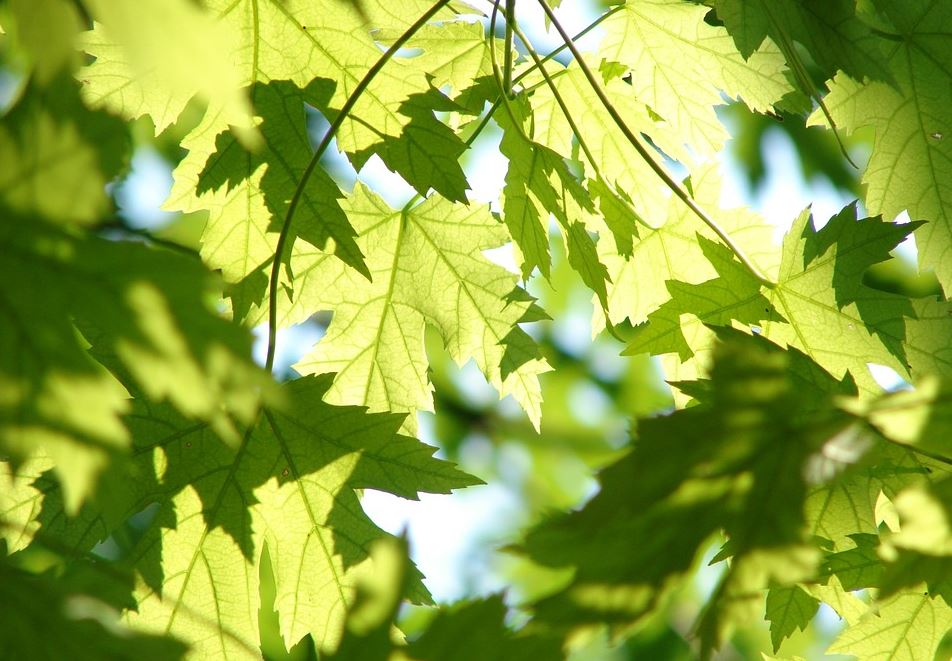
Though some gardeners may be hesitant about pruning, the proper pruning of trees, shrubs and other plants supports their health. In the case of large, old trees, pruning is also a safety measure. Even herbs such as basil and parsley respond to having their leaves snipped off now and then by producing new leaves and delaying setting forth flowers and seeds. On the other hand, pruning off the suckers of tomato plants allows them to send the energy that would be wasted on these unproductive branches into their fruit.
The two types of pruning are cutting back and thinning. Cutting back involves only one part of a branch or a stem and is done to improve the shape of the plant. With thinning, entire branches are removed from the plant. Even what looks like a drastic thinning won’t hurt most plants—many can tolerate losing as much as 70 percent of their leaves. Here are five tips on how to prune the vegetation around your home.
1. Keep Tools Sharp
Tools to prune plants, whether they be bypass shears, loppers or saws, need to be kept sharp. A dull instrument fights its user, and in the end can crush the plant instead of giving it a clean cut. This is what damages the plant and allows diseases and parasites to invade it.
2. Prune in the Right Place
If you want a branch or twig to grow in a certain direction, find a bud on the old limb and cut right above it. The cut should be about 1/4 inch above the bud and slope downward at a 45 degree angle. This helps water drain away from the bud and reduces the risk of rot.
3. Avoid Leaving a Stub
A stub from a cut branch could sprout or rot. The best way to cut off a branch is to put the blades of the lopper around the branch with the larger blade snug against the main stem, then cut from the bottom. This prevents a ragged cut.
4. Pick the Right Time for Pruning
Some plants need to be pruned in the winter or early spring, while others need to be pruned right after they bloom. Plants to be pruned in the early spring include roses of Sharon, sourwood, and hydrangeas. Plants with needle-like leaves such as pine should also be pruned in the spring, but lightly, as these plants don’t recover well if they’re pruned severely. Plants that should be pruned after they bloom include dogwood, spirea, azaleas, and rhododendrons.
5. Take Care When Pruning a Large Limb
To prune a large limb, saw halfway through the underside of the branch about 10 inches from the trunk, then cut off the limb a short distance from the first cut. Finally, take off the rest of the limb by sawing down the collar at the branch’s base. Be careful not to cut through the collar itself, as that can interfere with the tree’s healing.
If you need help with any step of this process or have questions, contact a tree service like Osorio Tree Service. Pruning is not such an arduous job if it is done regularly and correctly. It allows the tree or shrub to maintain its natural shape while allowing light and air to penetrate throughout the branches. It also encourages the growth of flowers and fruit.


Comments
Loading…